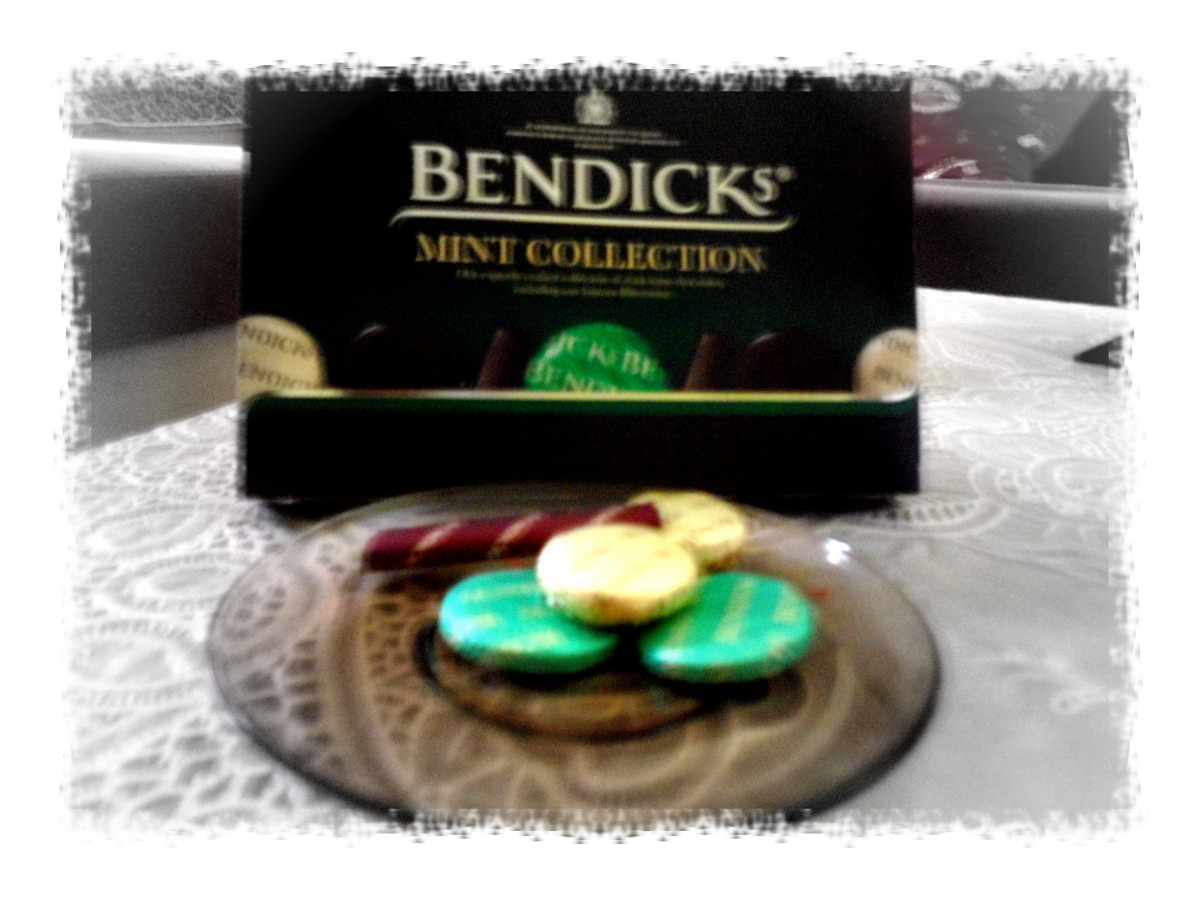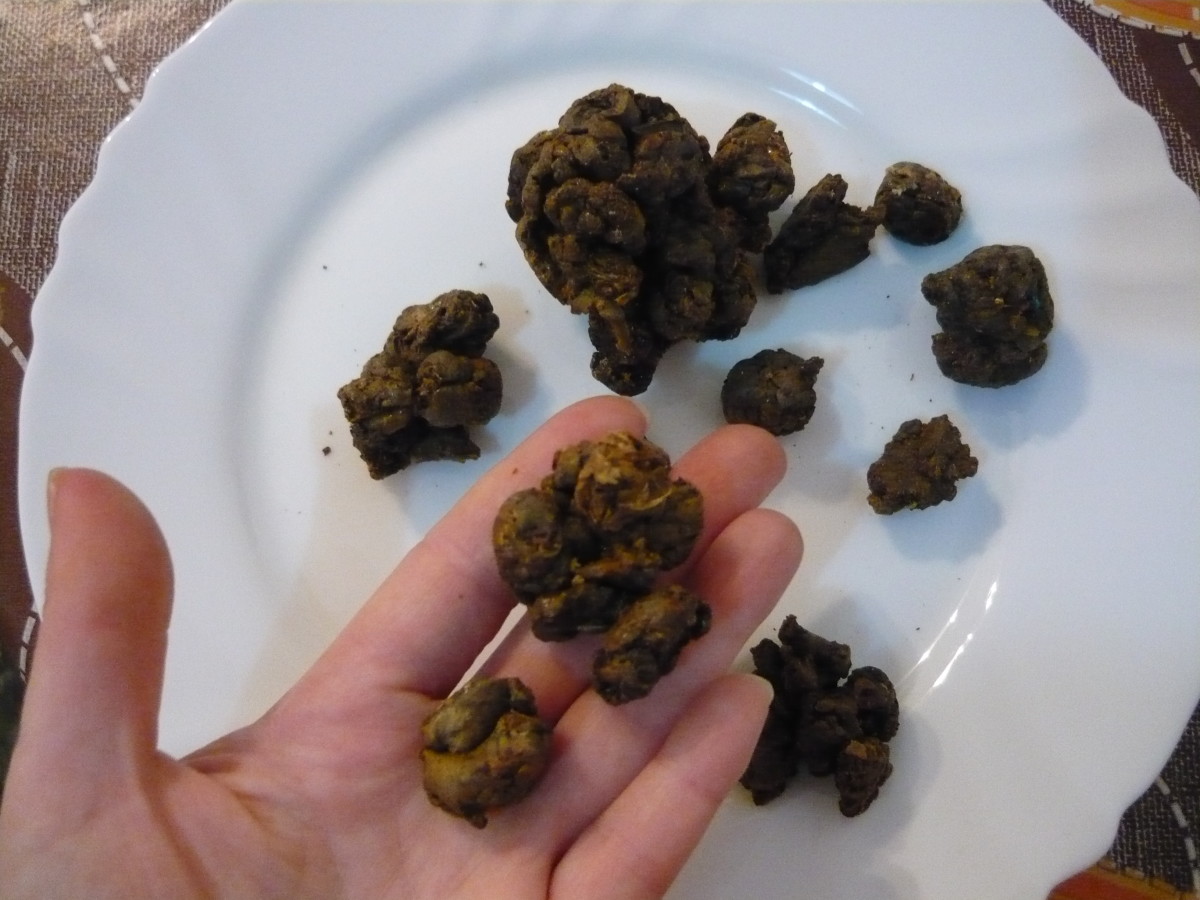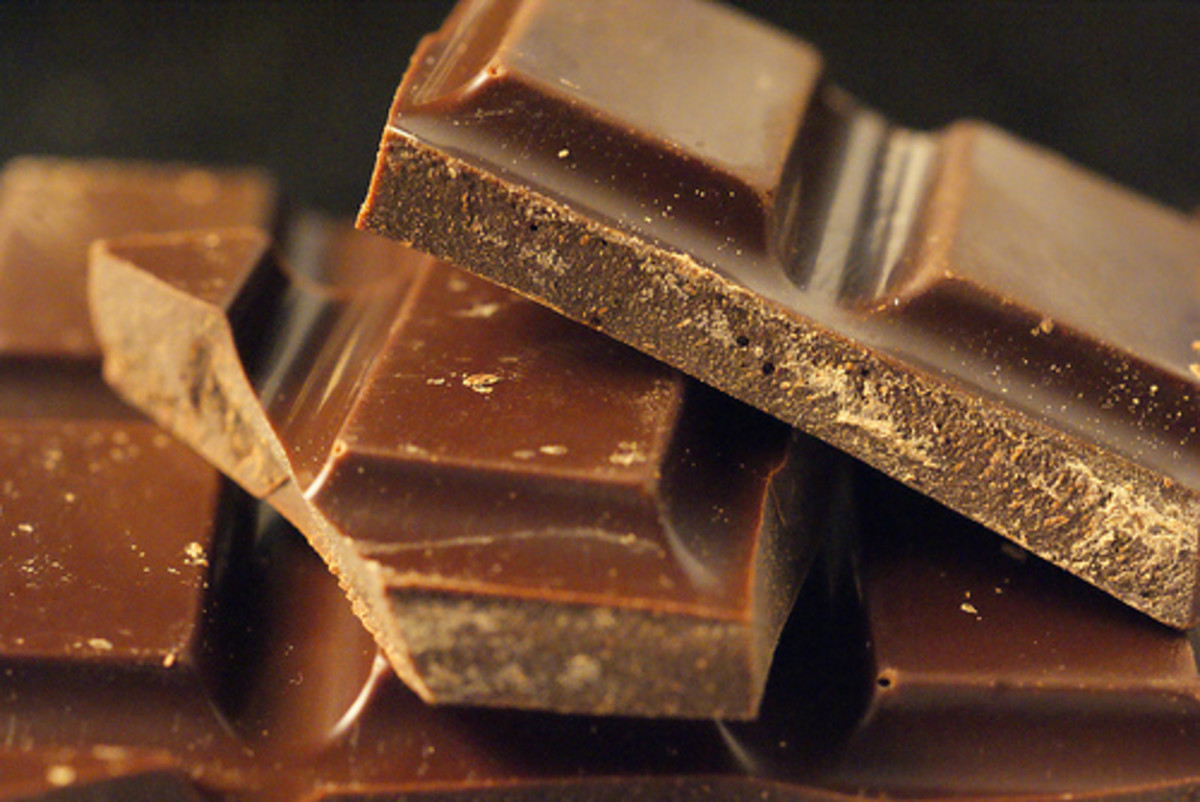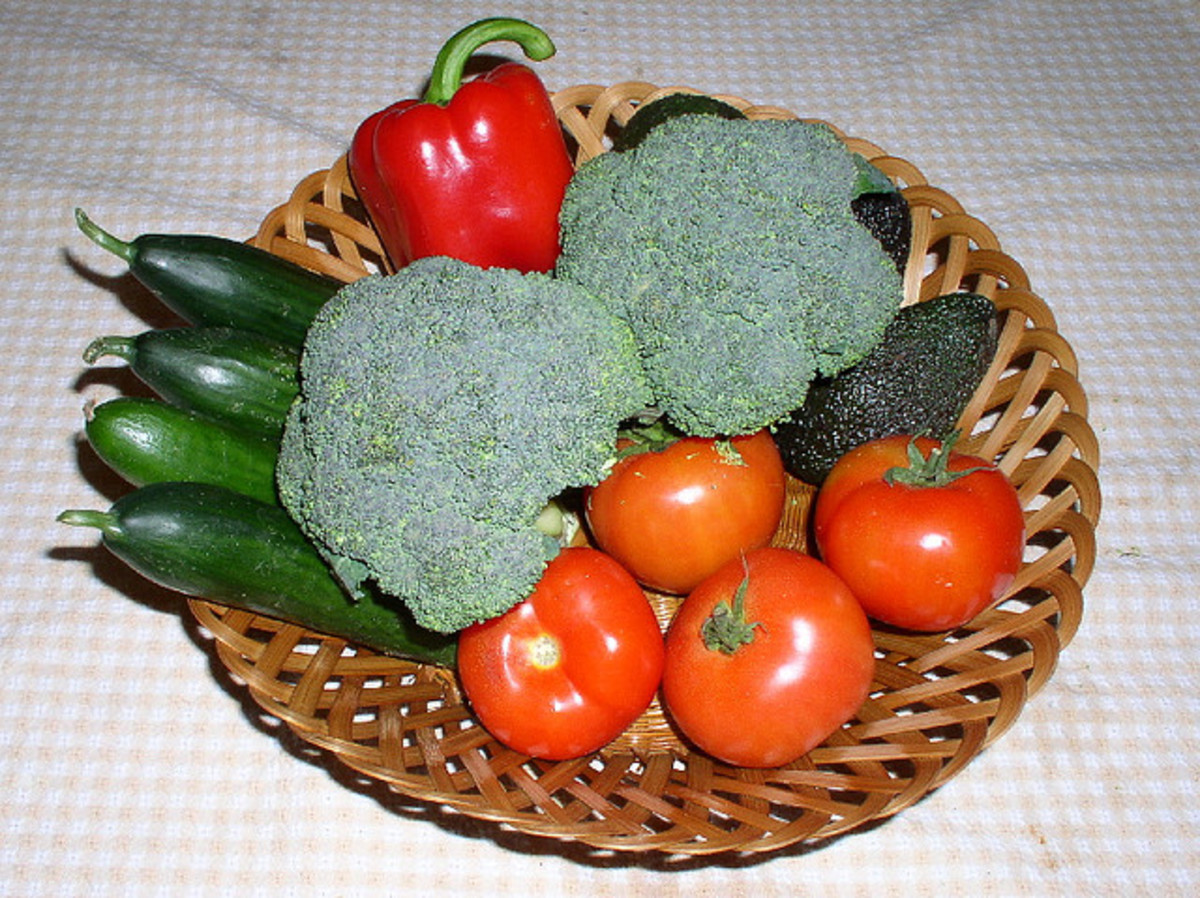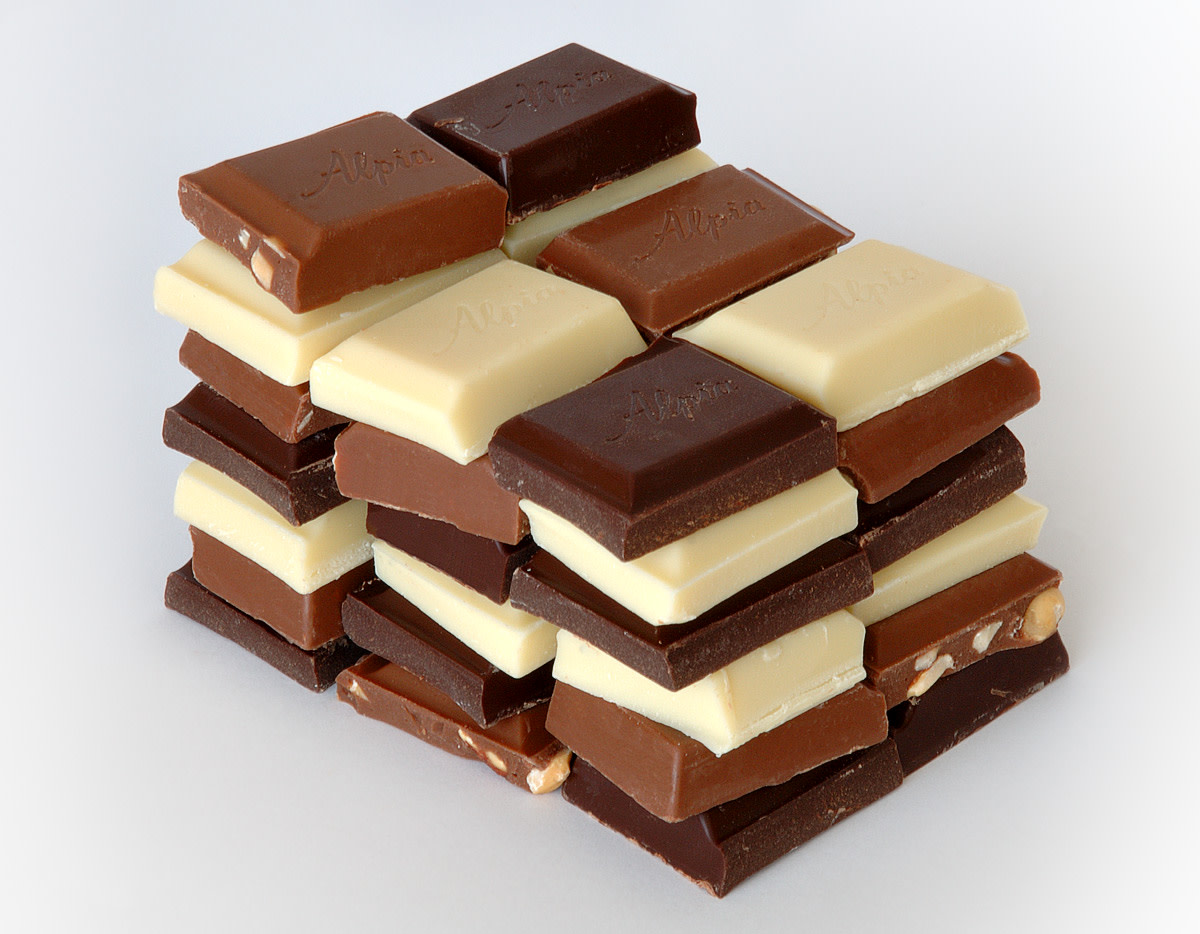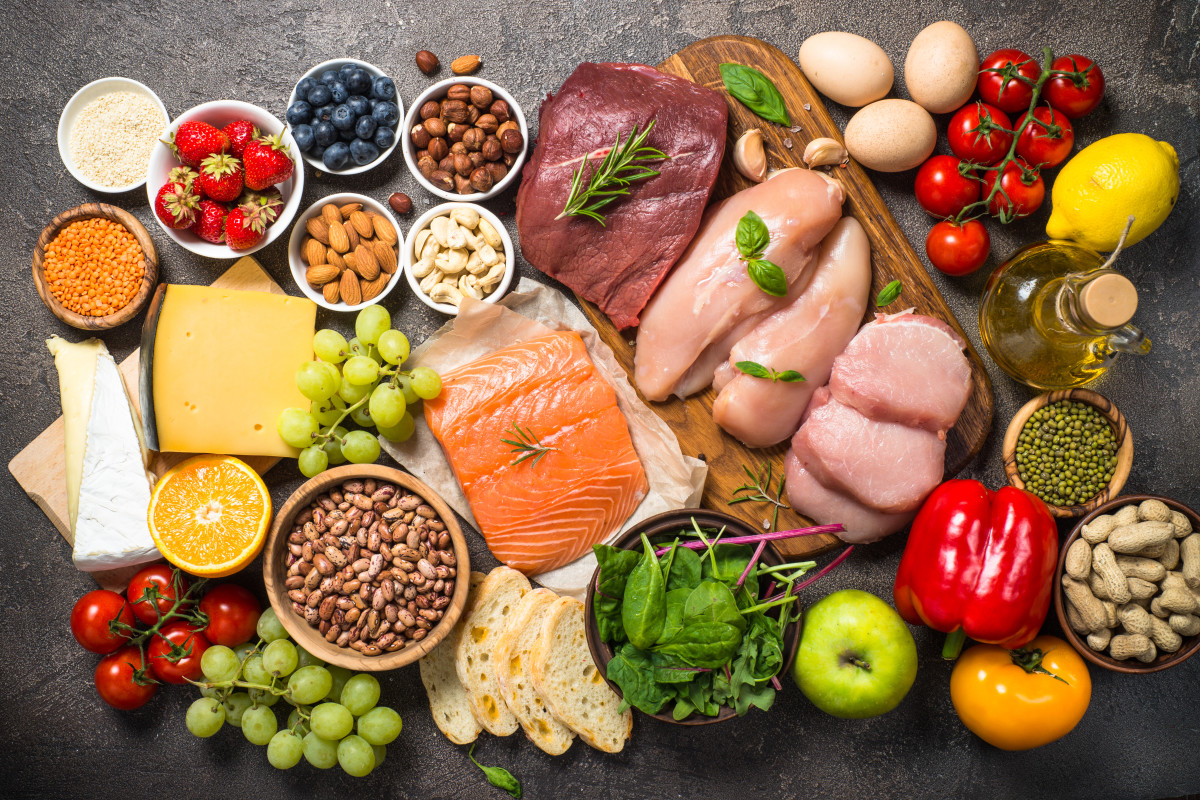Health Benefits Of Chocolate

There are those who would say that chocolate is, possibly, humanity's greatest culinary invention. It contains endorphin-releasing polyphenols, which can soothe frayed nerves, satisfy cravings, and bring some measure of relief to an otherwise stressful day. It is a delicious, and fat laden guilty pleasure.
Well sure, everyone knows that chocolate is loaded with fat, and calories. But here's something you may not know. It's not all bad fat! It does have some saturated fats. Specifically, Stearic, and Palmitic acids, which have been linked to elevated LDL cholesterol. But it also has an equal amount of Oleic acid. This is a monounsaturated fat that is also found in olive oil, and is considered heart-healthy.
Get your Flavonoids, here!
Plants produce a compound called flavonoids, to protect them from enviromental toxins. When we eat plant-based foods (chocolate is derived from the cacao plant), we reap the benefits of these flavonoids, in the form of antioxidants. These help prevent cell damage caused by free radicals, which are formed through normal bodily processes such as breathing. Also entering your body through environmental toxins, like cigarette smoke, and air pollution, free radicals have been linked to elevated cholesterol, and various types of cancer.
Some plant-based foods known to contain large amounts of these antioxidants are: red wine, strawberries, cranberries, peanuts, tea, and, you guessed it... CHOCOLATE!
Here's The Catch
Before you go sprinting to the pantry for that Three Musketeers bar, there is a caveat. These health benefits have only been shown to exist in dark chocolate. It is less processed than other chocolates, thus there is less loss of beneficial compounds. In two recently publicized studies, it was shown that milk chocolate has little or no health benefit. Even drinking milk with dark chocolate negates the the power of the flavonoids. It is thought that milk blocks the body's ability to absorb the antioxidants in chocolate.
The first study was conducted on thirteen individuals, who had recently been diagnosed with "mild" high blood pressure. Their average systolic (top number) blood pressure was 153. Their average diastolic (bottom number) blood pressure was 84. For two weeks, they were given 100 grams of chocolate each day, and asked to offset the 480 calories, by cutting back on other foods. Some were given dark chocolate, and some got white chocolate. At the end of the study, the people who had dark chocolate, showed an average 5 point drop in systolic pressue, and an average 2 point drop in diastolic pressure. The white chocolate subjects showed no change.
The second study was conducted on twelve healthy individuals. On different days, they were each given 100 grams of dark chocolate, 100 grams of milk chocolate, and 100 grams of dark chocolate with a glass of milk. In each case, a blood test, one hour after eating the chocolate, revealed that those eating dark chocolate alone had the highest levels of antioxidants in their blood.
By the numbers
Typically, dark chocolate is rated by percentage of cocoa solids (chocolate liquor) contained in the chocolate. Due to the publicity of the health benefits, many manufacturers are advertising these percentages prominently on the label of their products. Typically, dark chocolate is indicated by a percentage of 50% or more(The other 50% being made up, largely, from sugars). With the majority of health benefits coming from chocolate containing 70% or more cocoa solids, some higher quality brands range up to 85% If you go much higher than that, you are getting into unsweetened, or bitter chocolate.
How much is too much?
As with everything, moderation is the key. It is also wise to reduce caloric intake of other foods to offset the added calories of the chocolate. Studies are still being done, to determine the tipping point between moderation, and too much of a good thing. The most common number I've seen is one to two ounces a day.
As with salads, the benefits of chocolate will vary, depending upon the added ingredients. If you add cheese, bacon, and a quart of ranch dressing to your salad... I'm sure you know the deal. Likewise, an ounce of dark chocolate, covered with two ounces of caramel, marshmallow, and nougat is obviously not helping anyone. With a little common sense, you can have your chocolate and eat it too!

